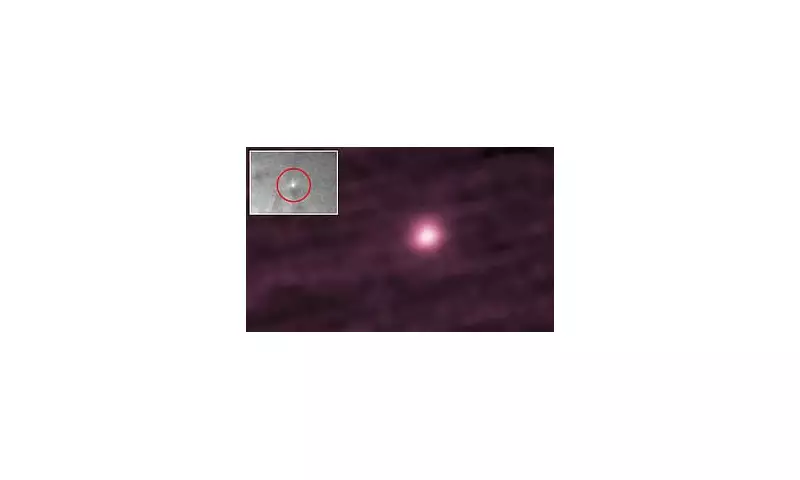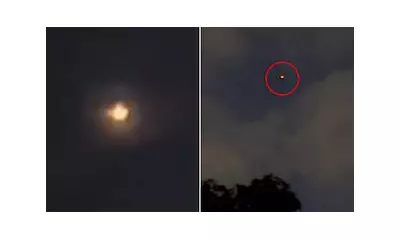
In a development that reads like science fiction, astronomers have witnessed the miraculous return of one of space's greatest enigmas. The interstellar comet 3I/Atlas, which vanished behind the Sun's blinding glare months ago, has dramatically reappeared when scientists had all but given up hope.
The Cosmic Ghost That Came Back
When 3I/Atlas first entered our solar system in 2019, it captured global attention as only the second confirmed interstellar visitor after the famous 'Oumuamua. But just as scientists began their observations, the celestial wanderer performed a disappearing act, slipping behind the Sun and seemingly vanishing forever.
"We had written it off as lost," admitted Dr. James Brown, lead astronomer at the European Space Agency. "The Sun's brightness completely overwhelmed our instruments, and we assumed the comet had either disintegrated or moved beyond our observational capabilities."
A Stunning Revelation
The breakthrough came when an international team of astronomers, refusing to accept defeat, continued monitoring the area where the comet had last been seen. Using advanced telescopic technology and sophisticated light-filtering techniques, they detected a faint but unmistakable signature.
"The moment we confirmed it was still there, the entire observatory erupted in cheers," recalled Dr. Sarah Chen from Cambridge University. "We were looking at something that had travelled between stars, survived a close encounter with our Sun, and was now revealing its secrets to us."
What Makes 3I/Atlas So Extraordinary?
- Interstellar Origins: Unlike regular comets from our solar system, 3I/Atlas comes from another star system entirely
- Survival Against Odds: Most comets disintegrate when approaching the Sun - this one endured
- Scientific Goldmine: Its composition could reveal secrets about how planetary systems form around other stars
- Rare Opportunity: Only three interstellar objects have ever been confirmed in human history
Why This Discovery Matters
The reappearance of 3I/Atlas represents more than just astronomical curiosity. It provides scientists with an unprecedented opportunity to study material from another star system up close. The comet's chemical makeup, structure, and behaviour could revolutionise our understanding of how planets form throughout the galaxy.
"This is like having a cosmic messenger delivered to our doorstep," explained Professor Michael Roberts of the Royal Astronomical Society. "Every observation we make now could rewrite textbooks about the diversity of planetary systems in our galaxy."
The Future of Interstellar Research
With 3I/Atlas back in observational range, astronomers worldwide are coordinating an intensive monitoring campaign. The comet's unexpected resilience suggests that interstellar visitors might be more common and more durable than previously thought, opening exciting possibilities for future discoveries.
As tracking continues, one thing remains certain: the universe has proven once again that it still holds magnificent surprises, waiting just beyond the light of our Sun for those persistent enough to look.





